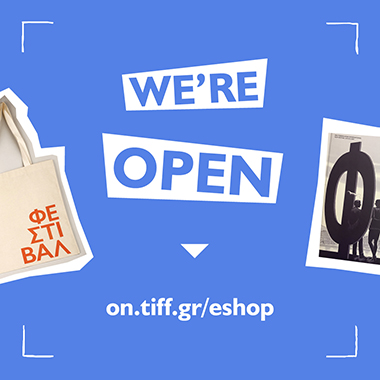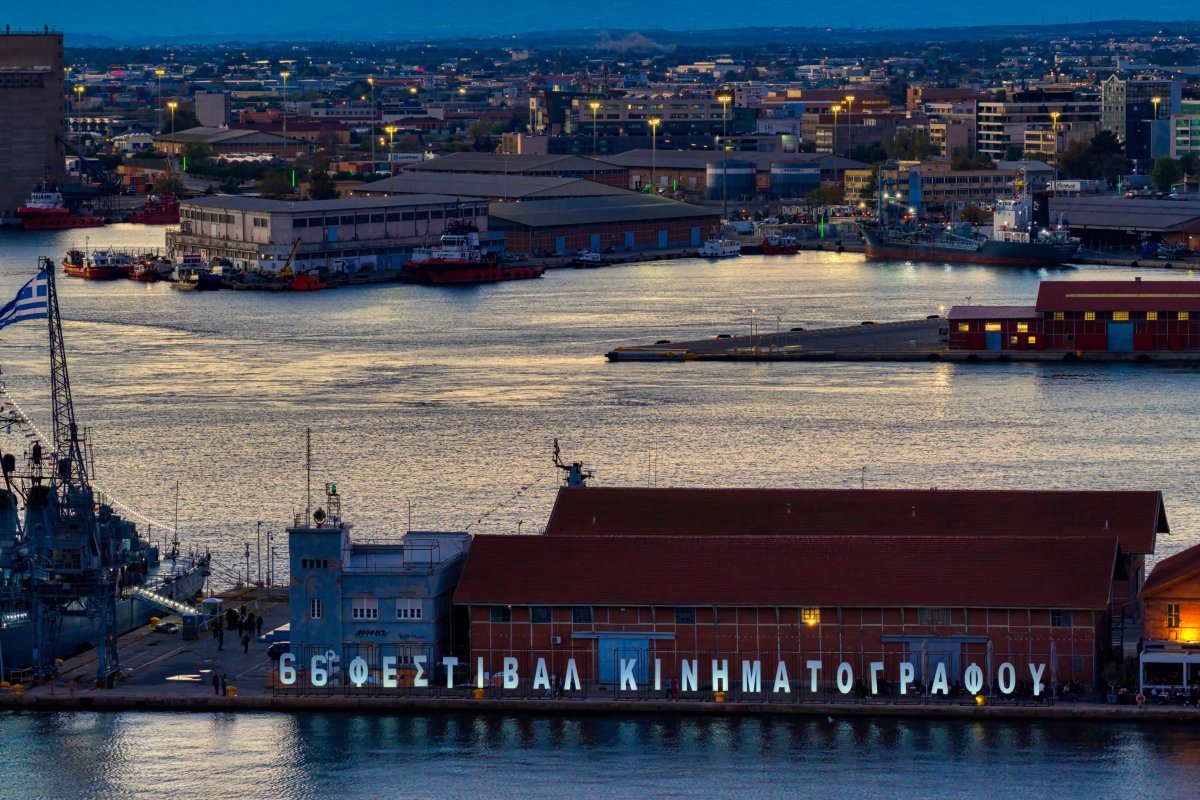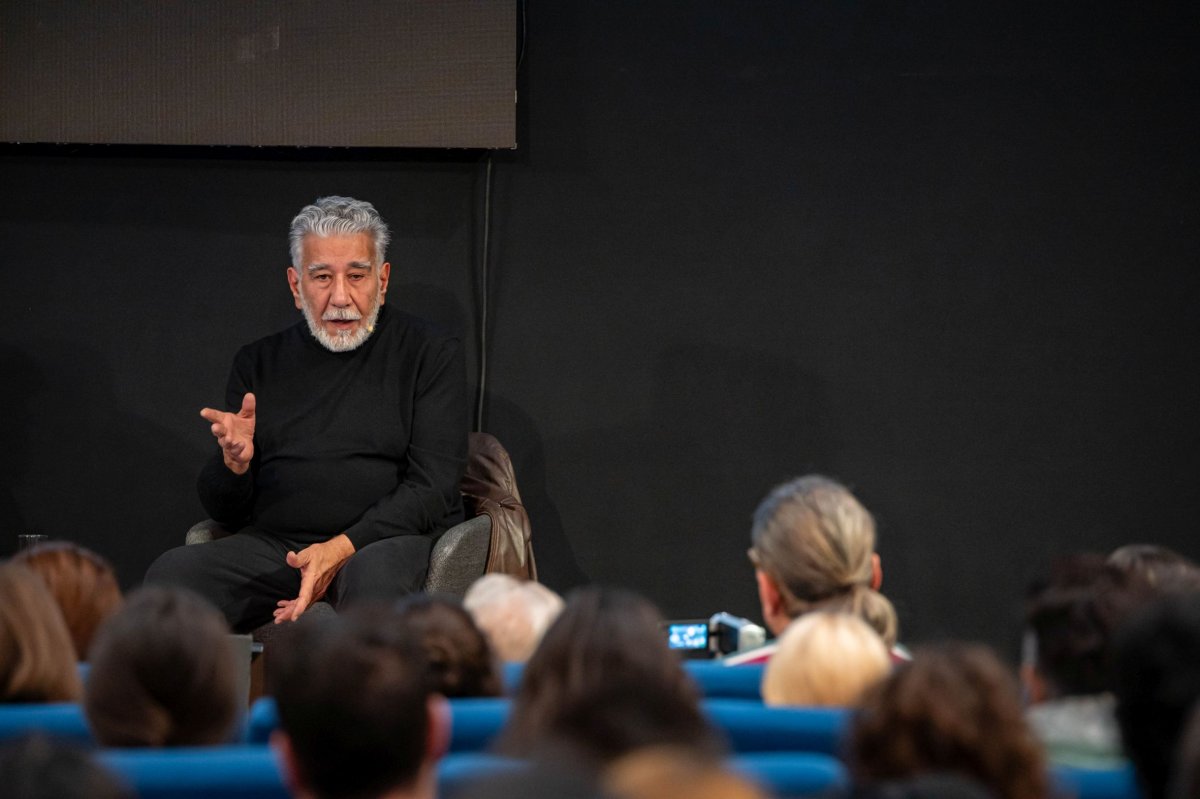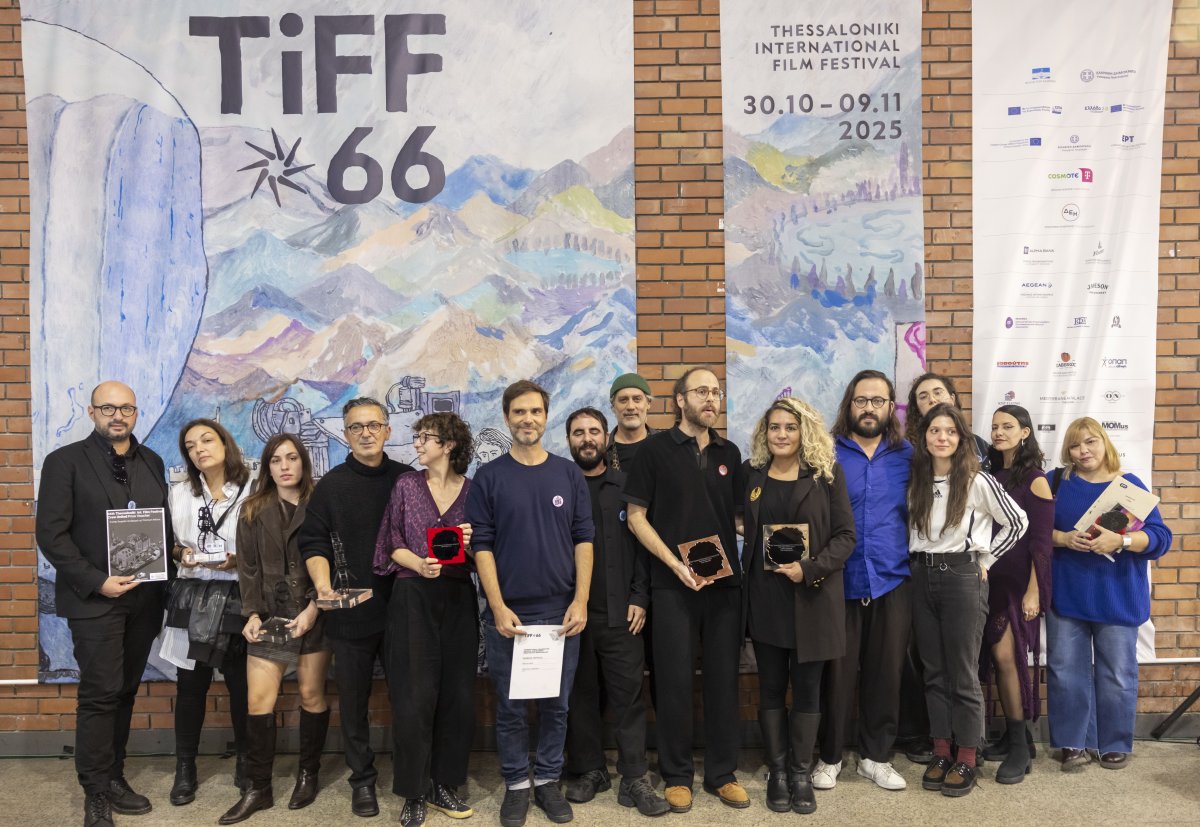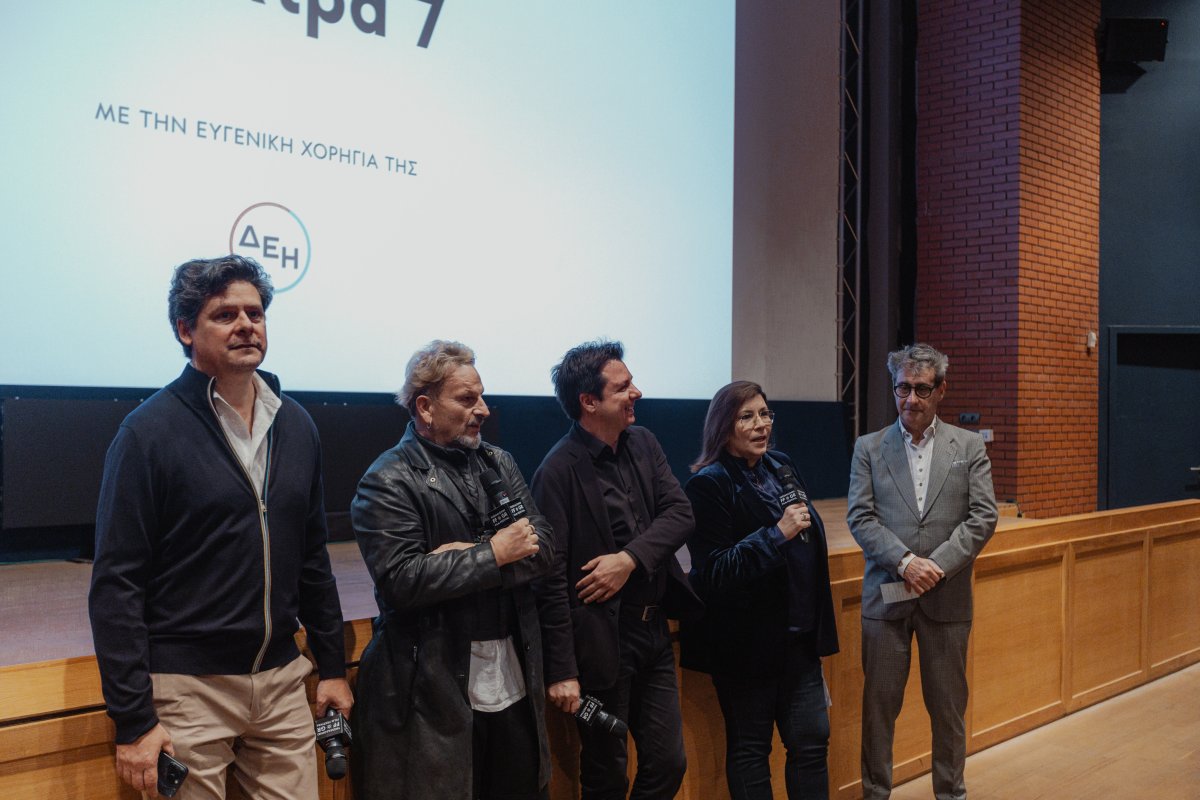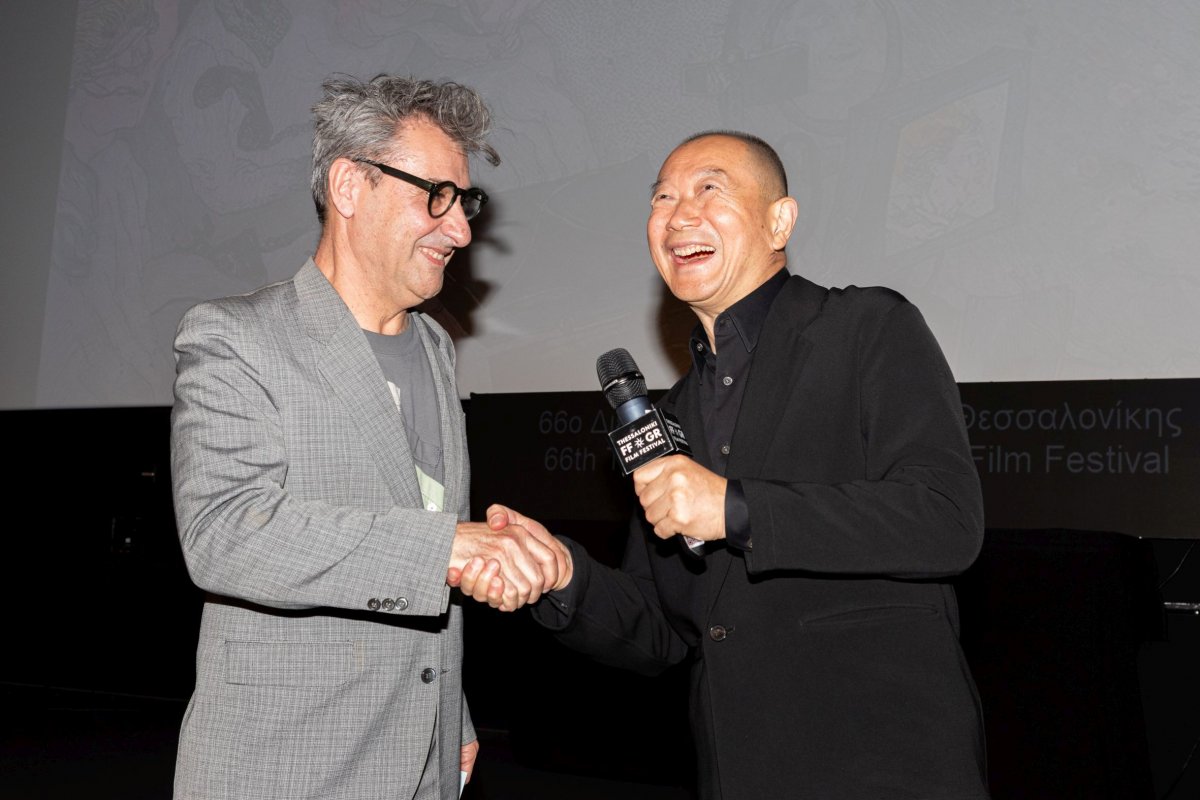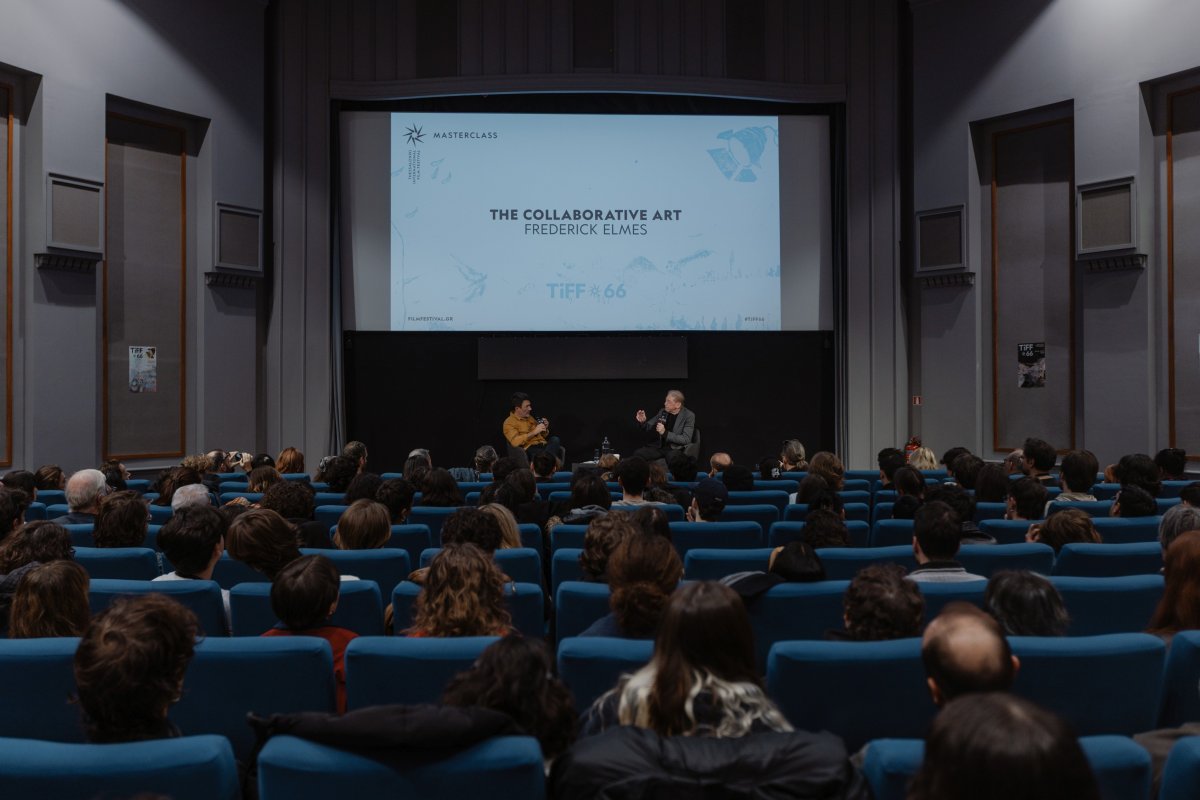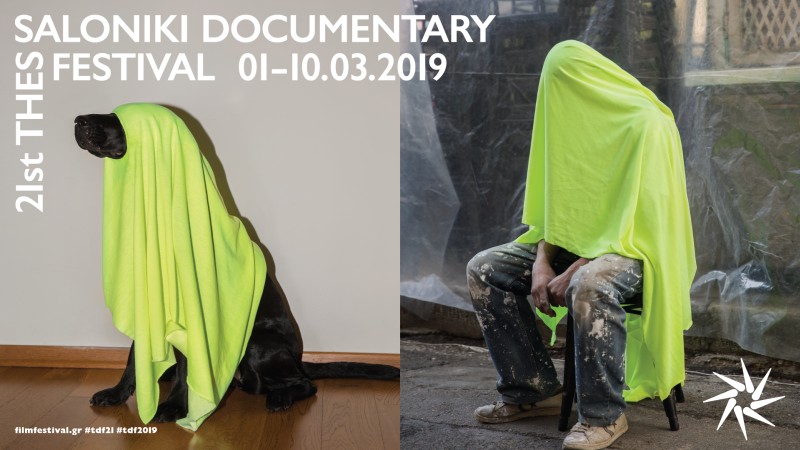GREEK CREATORS – 9 April
On Saturday, 9 April 2005 a press conference was given by the creators Lefteris Haronitis, (“Olympic champions of Crete”), Nikos Alevras, (“The Yearning of Helen of Troy”), Michalis Sifakis, (“Creating knowledge: Institutions of Higher Knowledge in Crete”), and Constantinos Goutos, (“Leipzig, Liberty”) regarding their films which are being screened within the framework of the 7th Thessaloniki Documentary Festival – Images of the 21st Century.
Lefteris Haronitis: Olympic Champions of Crete
Ten centuries before the Olympic Games were introduced and held in ancient Olympia, a series of athletic competitions of a very high level took place in Minoan Crete. Athleticism is a basic element of Minoan civilization. The film explores and exposes this unknown aspect of ancient Cretan civilization, from the most ancient times up to the Roman era. “The technique is mixed, the film is based on sound as document, on the dramatized elements but also on the use of electronic computers”, the creator explained, while he noted: “What is important for me is that the film reveals this unknown aspect of Minoan civilization.”
Furthermore, according to him, the film was made within the framework of the intention of the prefecture of Heraklion to create a series of films on the history of the island, while the basic purpose is for these to be screened in schools. Nikos Alevras: The Yearning of Helen of Troy A tender journey from ancient times to today, through the eyes of Helen of Troy. A feminine perspective on civilization, power, wisdom and beauty. “ Love or war? In the final analysis, which is the moving power of history?” was the question posed by the creator who continued: “This film is constructed in two parts. The first part concerns Greece and globalization. In this part the Greek countryside is shown, out of which suddenly, a cellular telephone antenna springs up. The second part simply concerns Greece. There, Helen of Troy meets great Greek poets, writers, painters and creators. That which connects the two parts is the fact that Helen of Troy reaches the temple of Artemis, where the offerings of the faithful are exactly the same as those of today. The conclusion Helen reaches, and to which she also leads the viewer, is that for 3,000 years now, what connects us, unifies us is pain and yearning. And the only answer to that is love and passion.”
Furthermore, speaking about the choice of the Helen of Troy as the character who guides the viewer on this tour of history, he stressed that “ Helen of Troy is a fellow villager of mine, I feel her very close to me, and more than anything, she is a very beautiful woman. However, we owe the fact that we are speaking of her to Homer who was the first to speak of her. And this game of art is decisive. From the time of Homer to today, all is now finished, the only things that remain are memories. And yet – and this is what is tragic about the whole matter – the Greek has never gotten over the story of Helen of Troy, which happened 3,000 years ago. “
Michalis Sifakis: Creating knowledge: Institutions of Higher Knowledge in Crete
The “Friends of the University of Crete” Association of Heraklion, presents a documentary about the founding and development of post secondary education and research in Crete, from the model ecological park of the Chania Polytechnic University up to the use of lasers in ophthalmology in Herlaklion – but also to the tourist industry - and from the observatory at the top of Skinaka to the largest aquarium in Greece now under construction in an area that up until recently was an American military base. “ There is no narration at all in this film, and in the beginning there wasn’t even a script. There are many interviews however, out of which I composed a script, and the story came out something like that” Michalis Sifakis explained and added:
“It is important, I believe for the history of an educational institution such as the University of Crete to be presented, because these days we are used to only seeing stories about the huge problems of post secondary education. We discovered however, that people are interested to also hear and to know the pleasant things about this place, as well as the fact that the largest aquarium in the country will be in Crete”. Besides, as he himself noted: “the purpose was for this film to be distributed to the audience concerned, and for this reason it has been reproduced on DVD, in order to stress the relationship of the community of Crete which surrounds the University but is not subsumed to it by the Institution. “
Constantinos Goutos: Leipzig, Liberty 56 moments of human liberty,
56 single shot takes, in the city of Leipzig from October of 2003 up to July of 2004 with a simple digital camera. No zoom. And no speech. Constantinos Gouto’s film could perhaps be described with one and only phrase “I gather the garbage of the city”, as Beaudelaire said, which is something the creator embraces: “Walking in Leipzig, I am emotionally stimulated by all I receive, I record what I see, this ‘garbage that the city throws away’ as Beaudelaire said” he said characteristically while adding: “There is no speech at all in the film, because it is a film that the viewer must see with his feelings. The use of the digital camera makes me invisible. What I do in the film is that I play with stereotypes, that have been established by various creators who through their work have dealt with the city of Leipzig. I believe that stereotypes are something very rich, we get things from them, we either overthrow them or support them. In this way, Leipzig inspired in me the feeling of Liberty.” Speaking about his work in general, moreover, he said that he would like to repeat the experiment with other cities: “I did the same thing with the city of Brussels, and I would like to repeat it in Paris. I have already begun filming in Thessaloniki, and I have 1 hour’s worth of material already.”


